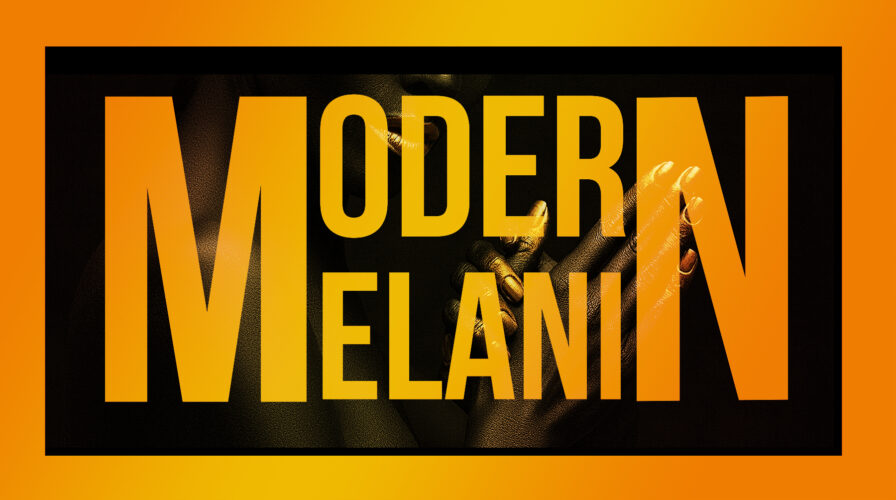@loansecure6
Active 3 weeks, 2 days ago-
Kofod Holden posted an update 3 weeks, 2 days ago
Government spending on home comes in the form of mortgage rates of interest, insurance payments, and municipal and state taxes paid to the authorities. Housing is generally thought of as a public good, since it benefits everyone as a whole and because it helps improve the quality of life for all involved. This includes individuals of all ages, races, income levels, and ethnic backgrounds. Because of this, there is a wide range of housing options to choose from. In order to obtain a house or keep one in good shape, it’s necessary to know the facts about housing.
HUD is the U.S. Department of Housing and Urban Development. Its mission is to promote housing choice and supply support services to assist individuals to get home and live independently. Housing grants, which are often provided in the form of low-interest mortgages, create a bridge to permanent affordable housing for many vulnerable people. By way of instance, low-income families that want to purchase their own home can apply. If approved, these grants can help cover the down payment, closing costs, and any other costs related to the home acquisition.
HUD offers various sorts of assistance to families in need including: affordable housing loans, affordable housing counseling, home buyer programs, home repair assistance, and resident services programming. These services differ from state to state, so it’s a good idea to check with your local HUD office. In some states, like New Jersey, there’s also transitional Assistance Programs (TAP). TAP is intended to help families and individuals that are moving between private and public housing and will offer temporary shelter and other services as they transition to permanent affordable housing.
Nonprofit organizations also play an important role in linking low-income families with the tools they need to get started and to live successfully in their new houses. Some nonprofits work directly with HUD-approved low and moderate-income housing investors and developers to offer the housing necessary for low and middle-income families. There are lots of non-profit housing development companies that operate throughout the country. To qualify for these grants, these organizations need to demonstrate an agreement with HUD to participate in fair-play housing practices. Other nonprofit groups provide an assortment of different home resources, such as employment information and counseling services to low and moderate-income families, and provide a supportive housing environment.
Not all non-profit housing improvements are created equal, however. 전국오피 Many of these nonprofits work with HUD-approved nonprofits to provide affordable housing, but not all are supported by this federal housing secretary. A growing trend is for profit associations to partner with nonprofit groups to provide affordable housing through housing counseling, but these associations can often result in disappointing outcomes for the low and moderate-income community because gains are utilized to finance activities of the non-profit. As a result, some low-income families are left with insufficient income and home to meet their needs, while others have insufficient resources to take part in quality affordable housing development applications. Because profit institutions don’t have to pay the government any interest or administrative fees, the subsequent lack of support for low and moderate-income housing developments contributes significantly to the ongoing lack of affordable housing in america.
Another important source of low and moderate-income home is the non-profit housing developers and investors who provide permanent home opportunities for immigrants. This business has become extremely competitive in recent years, because of an influx of people from various areas of the world who have become attracted to the U.S. for employment opportunities. As a result, a number of these developers have developed relationships with the authorities to receive financial assistance from the authorities in the form of a HUD mortgage to create affordable and low-income home. An increasing number of investors also have begun to partner with nonprofits to provide these homeowners with access to affordable housing and to create public spaces that provide opportunities for recreational activities such as parks and plazas.
Finally, the federal Department of Housing and Urban Development (HUD) provides many different programs and financial incentives to encourage low and moderate-income households in the development of affordable housing. Through the FHA Secure Housing Loan Program and the VA Home Loan Modification Program, the government provides down payment assistance, principal and interest reductions, and at times even interest-only payments to help reduce the price of purchasing a new home. Through the Neighborhood Stabilization Program, HUD supports a range of housing developments, from development ventures and affordable housing projects to development projects focusing on providing supportive services to at-risk neighborhoods. These service strategies can prevent the failure of lower and middle-income housing developments by serving as a key stabilizing influence.
The government has an essential role to play in addressing the issues that affect low and moderate-income families throughout the country. By investing in these various applications and strategies, the government can make positive life changes that encourage long-term stability and prosperity to all Americans. By implementing housing policy strategies that promote access to quality, low-cost home, the government can strengthen communities and strengthen America’s cities, towns and suburbs, which in turn can make the nation a more attractive place to live.
